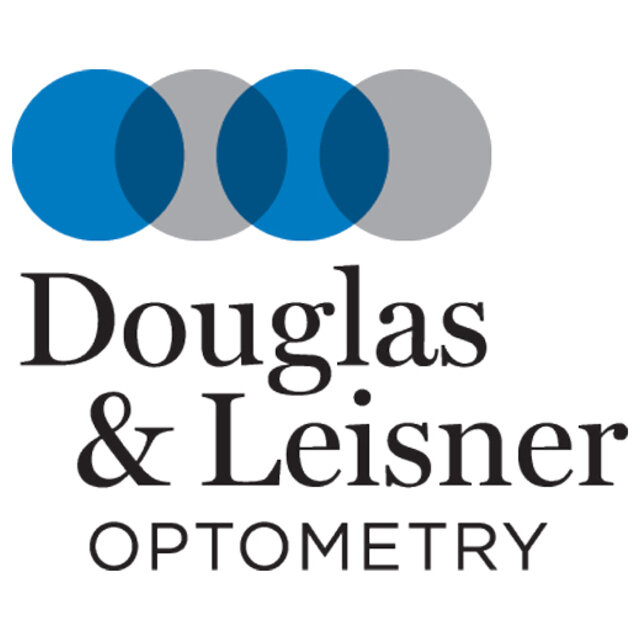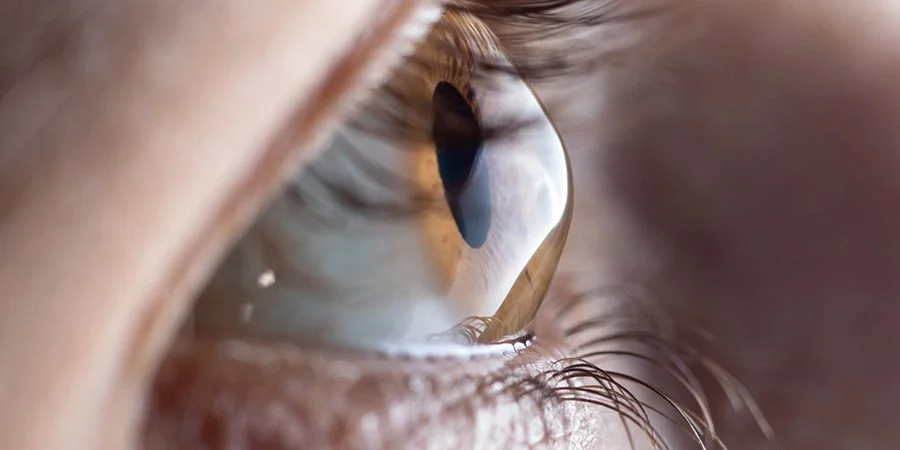Keratoconus
Keratoconus is a vision disorder that occurs when the normally round cornea (the front part of the eye) becomes thin and cone shaped. This abnormal shape prevents the light entering the eye from being focused correctly on the retina and causes vision distortion.
Causes & risk factors
Heredity. One in ten keratoconus patients has a close relative with the disorder.
Frequent eye rubbing, especially aggressive “knuckling” eye rubbing.
Having a history of asthma, allergies, Ehlos Danlers syndrome, Down’s syndrome, or retinitis pigmentosa.
Symptoms
In its earliest stages, keratoconus causes slight blurring and distortion of vision and increased sensitivity to glare and light. These symptoms usually appear in late teens or early 20s. Keratoconus may progress for 10-20 years and then slow in its progression. As keratoconus progresses, the cornea bulges more and vision may become more distorted. In a small number of cases, the cornea will swell and cause a sudden and significant decrease in vision. If this sudden swelling does occur, your doctor can prescribe eyedrops for temporary relief.
Diagnosis
Our doctors can perform corneal curvature measurements and tests for irregular astigmatism.
Treatment
Eyeglasses or soft contact lenses may be used to correct the mild nearsightedness and astigmatism that is caused by the early stages of keratoconus. Corneal cross-linking surgery is indicated early after diagnosis to stabilize the structure of the cornea and slow progression. As the disorder progresses and cornea continues to thin and change shape, rigid gas permeable contact lenses can be prescribed to correct vision adequately. One of Dr. Leisner’s areas of expertise is specialty contacts, like gas permeable lenses that can benefit keratocunus patients. The contact lenses must be carefully fitted, and frequent checkups and lens changes may be needed to achieve and maintain good vision. In rare few cases, a corneal transplant is necessary.

